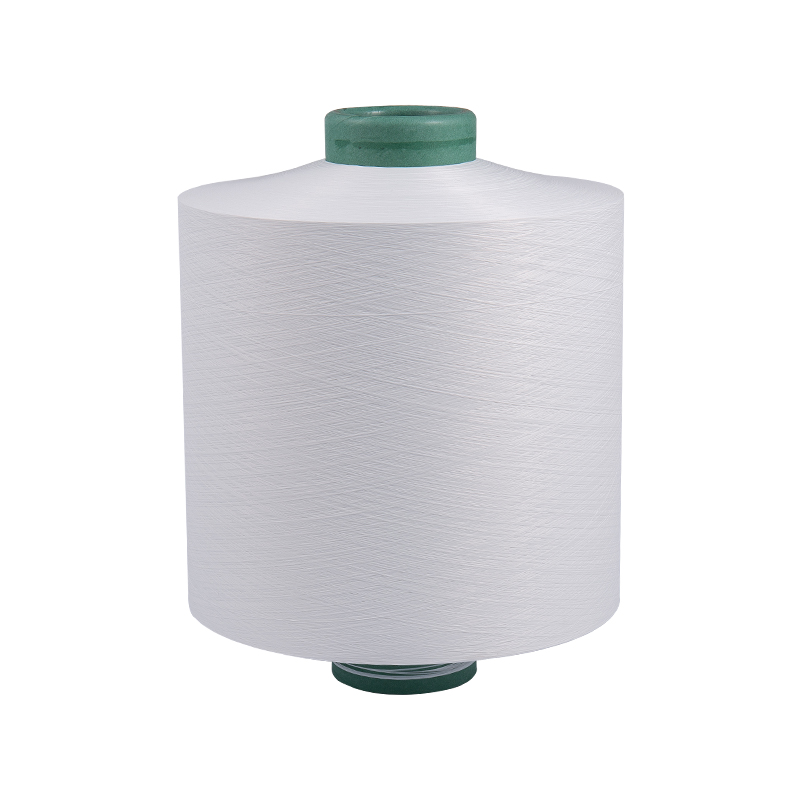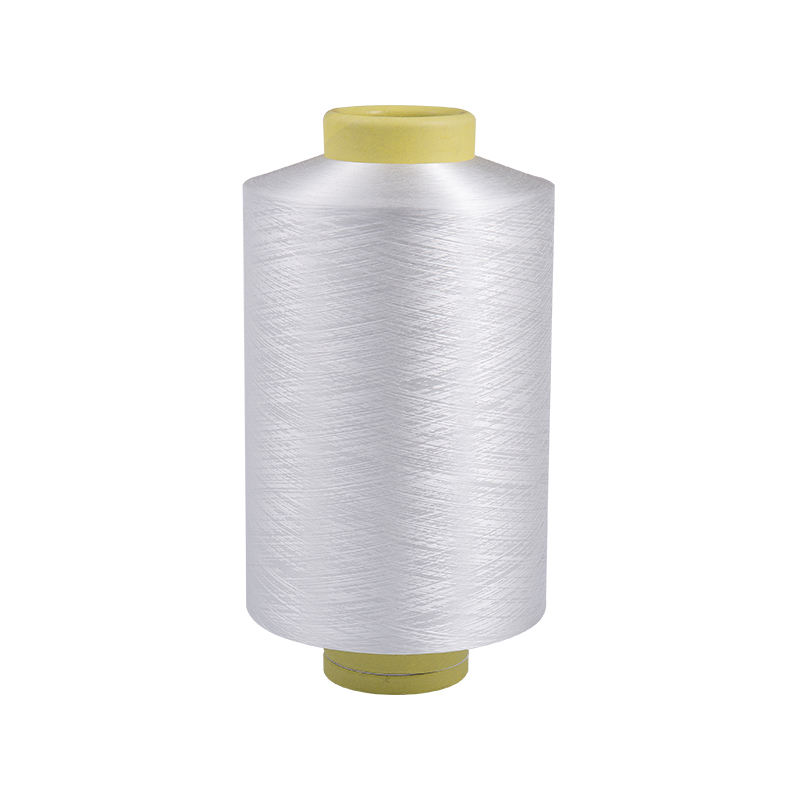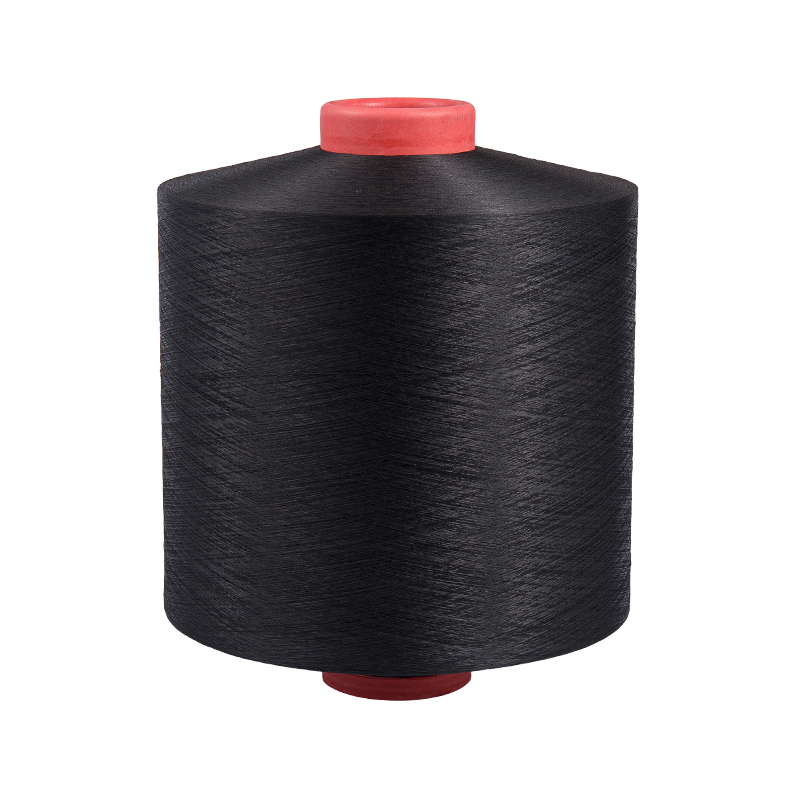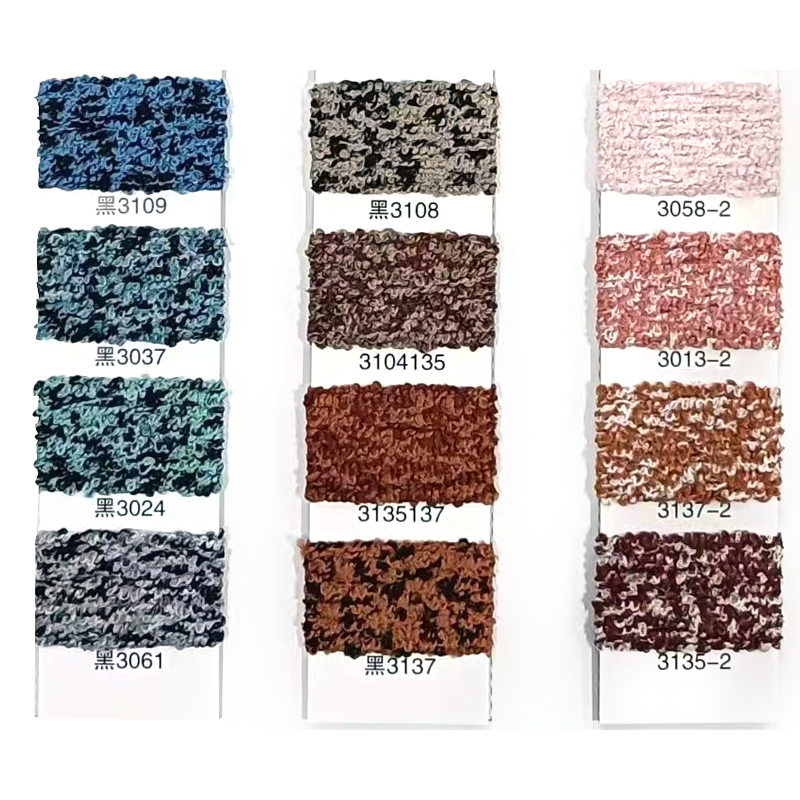Fully Matte Polyester DTY: Engineering Low-Luster Textiles for Advanced Aesthetic and Functional Performance
2025-05-14
In the modern textile industry, innovation extends beyond color and texture into the realm of fiber engineering, where surface reflectivity and visual nuance are carefully calibrated to meet both aesthetic demands and end-use requirements. Among the engineered filament yarns available today, Fully Matte Polyester Draw Textured Yarn (DTY) represents a highly specialized material designed for applications requiring subdued luster, soft visual appeal, and functional versatility. Through a combination of polymer chemistry and advanced texturing technology, this yarn offers a unique balance of tactile comfort, optical dullness, and structural integrity, positioning it as a key component in fashion, home textiles, and technical fabrics.
Material Composition and Optical Properties
Fully matte polyester DTY is produced using polyester chips with added delustering agents—typically titanium dioxide (TiO₂)—that disrupt the light reflectivity of the fiber surface. Unlike semi-dull or bright polyester yarns, which reflect light and exhibit sheen or gloss, fully matte yarns scatter light uniformly, resulting in a soft, powdery visual finish. This anti-glare surface mimics the look of natural fibers such as cotton or viscose, yet retains the mechanical durability and wrinkle resistance inherent to synthetic polyester.
The level of dullness is not merely a cosmetic feature; it is a technical parameter influenced by the size, dispersion, and concentration of delustering particles within the polymer matrix. Controlled processing conditions ensure uniformity in luster across production batches, which is critical for color consistency in dyeing and printing operations.
Draw Texturing Process and Structural Features
DTY is produced through a continuous draw texturing process, in which partially oriented yarn (POY) undergoes simultaneous stretching and crimping under controlled heat and tension. This process imparts a three-dimensional texture to the yarn, creating bulkiness and elasticity while aligning the molecular chains to improve tensile strength.
In the case of fully matte polyester DTY, the draw texturing process is fine-tuned to preserve the low-luster appearance while enhancing surface cohesion and filament uniformity. The result is a yarn that offers soft handfeel, dimensional stability, and an excellent balance between drape and resilience. Filament counts, denier ranges, and crimp levels can be precisely adjusted to produce yarns suitable for a broad spectrum of end-use fabrics.
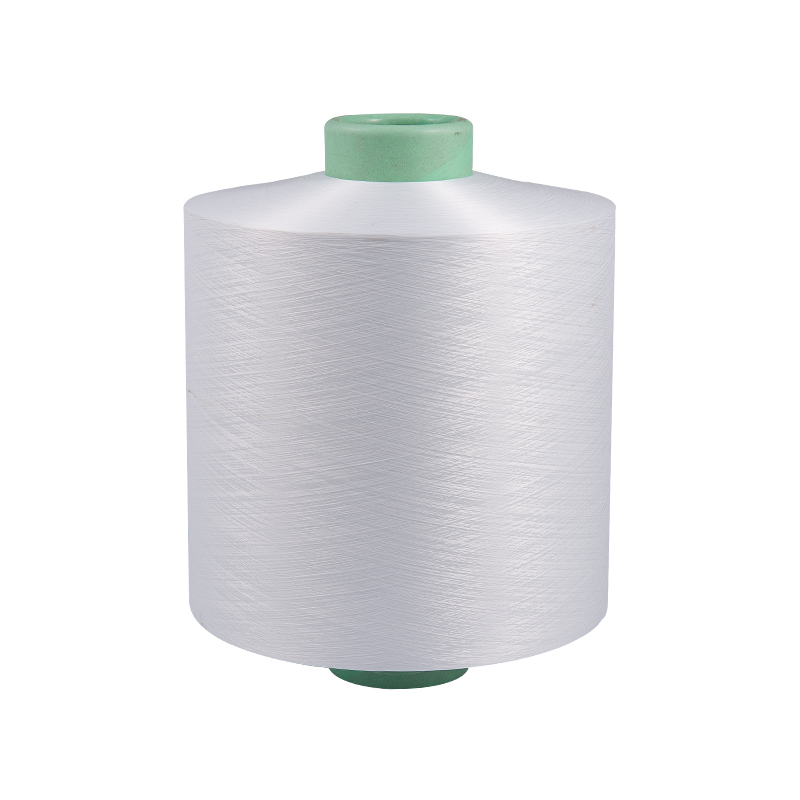
Performance Advantages and Functional Adaptability
The fully matte finish of this DTY enhances fabric breathability by reducing the density of light-reflective surfaces, which can contribute to heat retention in glossy materials. This makes it particularly suitable for garments intended for warm climates or active wear. Additionally, the soft optical character lends itself well to understated fashion styles, premium loungewear, and contemporary home furnishings such as curtains and upholstery.
From a manufacturing standpoint, fully matte DTY exhibits high dye uptake, color fastness, and compatibility with various textile finishing processes. It performs reliably in air-jet, rapier, and circular knitting systems, and can be blended with cotton, rayon, or spandex to achieve composite fabric structures with customized aesthetics and functionalities.
Applications Across Textile Segments
Fully matte polyester DTY has carved a niche in markets that demand a cotton-like look with the performance characteristics of synthetic yarns. In apparel, it is frequently used in base layers, casualwear, and outerwear linings where low shine and fabric softness are desirable. In the home textile sector, its subdued sheen makes it ideal for minimalist interior design themes and eco-modern aesthetics.
Moreover, in technical textiles, the matte surface plays a functional role in reducing glare and enhancing visual discretion—an attribute valued in uniforms, military fabrics, and protective clothing. The combination of low luster and synthetic resilience also supports applications in industrial filtration, automotive interiors, and digital textile printing, where light scattering and print resolution are influenced by yarn reflectivity.
Sustainability and Material Innovation
With growing emphasis on circularity and responsible sourcing, fully matte polyester DTY is now being developed using recycled PET chips, enabling the production of low-luster, high-performance yarns with a reduced environmental footprint. Manufacturers are exploring bio-based additives and greener delustering agents to further align the product with sustainable textile development goals.
Additionally, the integration of functional finishes such as anti-bacterial, moisture-wicking, and UV-resistant coatings onto fully matte DTY expands its potential in smart textiles and performance-driven fabric systems.
Fully Matte Polyester DTY exemplifies how subtle engineering at the molecular and structural level can dramatically influence both the appearance and functionality of textiles. With its sophisticated aesthetic appeal, enhanced dyeability, and robust mechanical properties, it continues to serve as a versatile and future-ready material across multiple sectors of the textile industry. As consumer preferences shift toward muted elegance and high-performance fabrics, fully matte DTY stands at the intersection of technical innovation and visual refinement.




 English
English 中文简体
中文简体 Español
Español عربى
عربى

